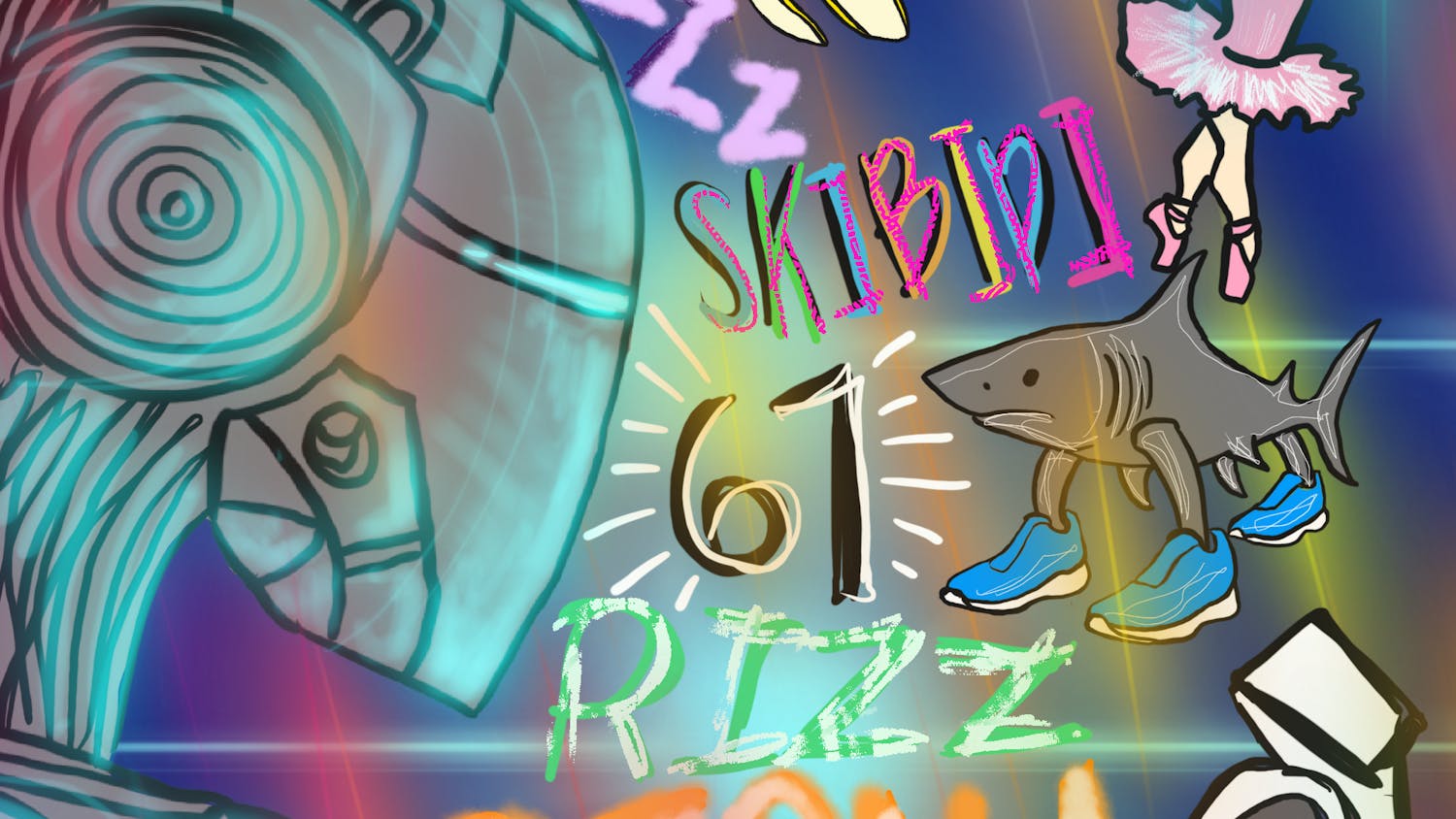Beliefs about queerness being dangerous to children are not new. Ever since the gay liberation movement began gaining traction, accusations of corrupting children and pedophilia have been hurled at people in the LGBTQ+ community. Today, these boogeymen manifest in many ways, such as bans on books and drag shows, and “Don’t Say Gay” laws like the one infamously passed in Florida in 2022.
It can be easy to write these issues off as disturbing quirks of deep-red states like Tennessee and Florida, but these issues can and do occur everywhere, even in more liberal states like Massachusetts. Just this past December, a parent in Great Barrington, Mass. called the police to complain about the presence of “Gender Queer: A Memoir” — a story about trans issues that is one of the most frequently banned books of the past year — in their child’s eighth grade classroom. This led to a plainclothes police officer coming into the classroom to remove the book.
In events like these, it’s easy to overlook the effects this has on the queer children who attend this school. A police officer came into their school to remove one of the few books that talked about kids like them. What takeaway are they supposed to have from that? That images of queer people must be removed from schools? The message that incidents like these send can be devastating.
One of the greatest challenges of growing up queer is the isolation. Unlike many people growing up in other minority communities, queer children often don’t have the benefit of being raised in a family that shares their identity. This means that, even in the most accepting environments, queer children are often forced to learn about their community and culture through broader societal means: from news media, social media, movies and TV shows, religious teachings or peers and teachers in schools. Oftentimes, these sources can be traumatically negative. They learn that queerness is abhorrent, deviant, an embarrassment, a sin. From bans on transgender girls participating in girls’ sports, to comedians making the queer community the butt of their jokes, to young children using gay slurs as casual insults, it’s easy for children to learn, from an early age, that who they are is unacceptable.
All of this is what makes access to queer media so important for young children. Being able to see examples of themselves in their books and on their screens, especially rendered in positive ways, allows queer children to learn about themselves and their community in ways that won’t create lasting trauma. This is an easy policy prescription, but in practice, it can be deceivingly difficult.
Often, queer media is difficult for queer children to access or to learn healthy lessons from. Industry censorship and negative portrayals of queer characters hamper queer children’s ability to find a positive sense of self and community. Perhaps no corporation or content creator has done more to hurt queer children than Disney.
They did not include a single queer character in their media until 2016, and even that representation was lackluster. In earlier films, queer creators did not feel that characters who represented them would be welcome — “High School Musical” creator Kenny Ortega stated that he did not make the character of Ryan openly gay for this reason. Disney has canceled or dropped several shows with queer storylines from their streaming services. They’ve even purposefully based villainous characters off of queer stereotypes to make them seem abhorrent by association.
All of this being said, there is a very real impact that consumers can have on the way queer media is made and how accessible it can be for younger audiences. Simply being a vocal supporter of queer media can make a huge difference; the success story of the queer, young-adult-targeted show “Heartstopper” was largely due to the outpouring of support it got from fans. Supporting shows like these, fighting against book and media bans in your community and not supporting companies and creators who won’t champion queer media can all create tangible benefits for queer children who are in desperate need of seeing, watching or reading about someone like them to feel less alone.





